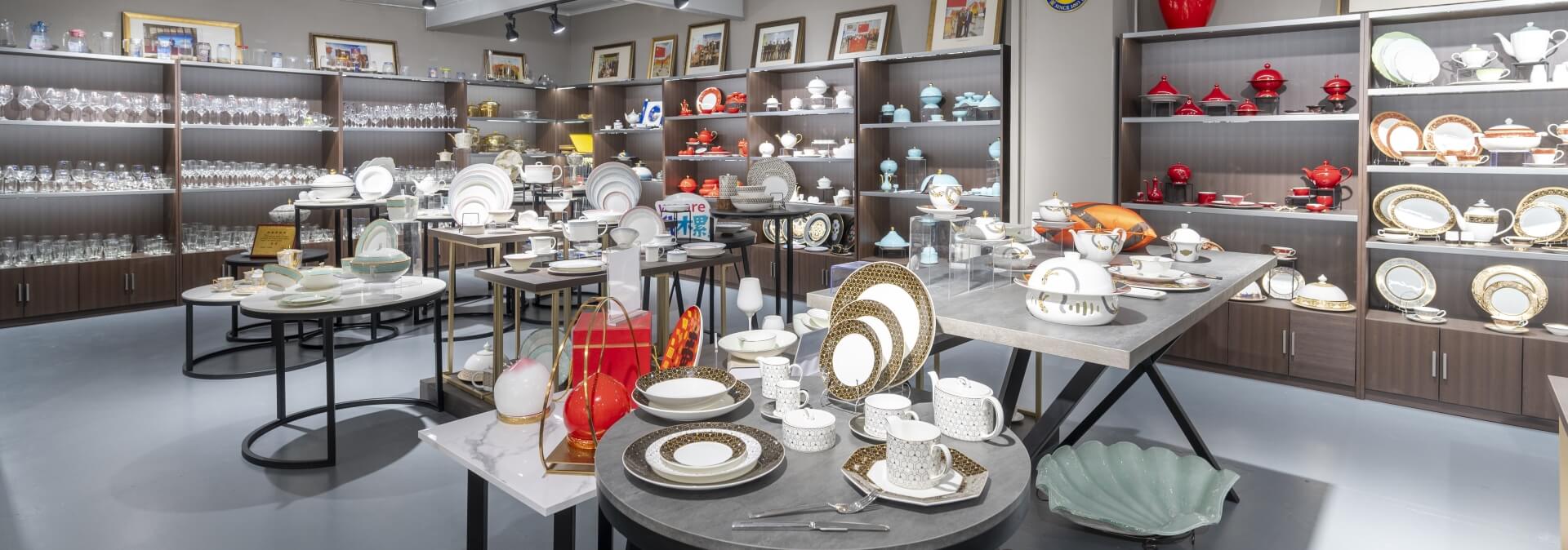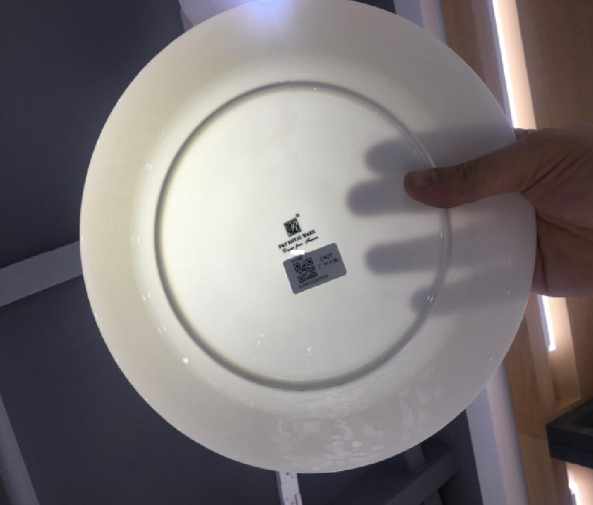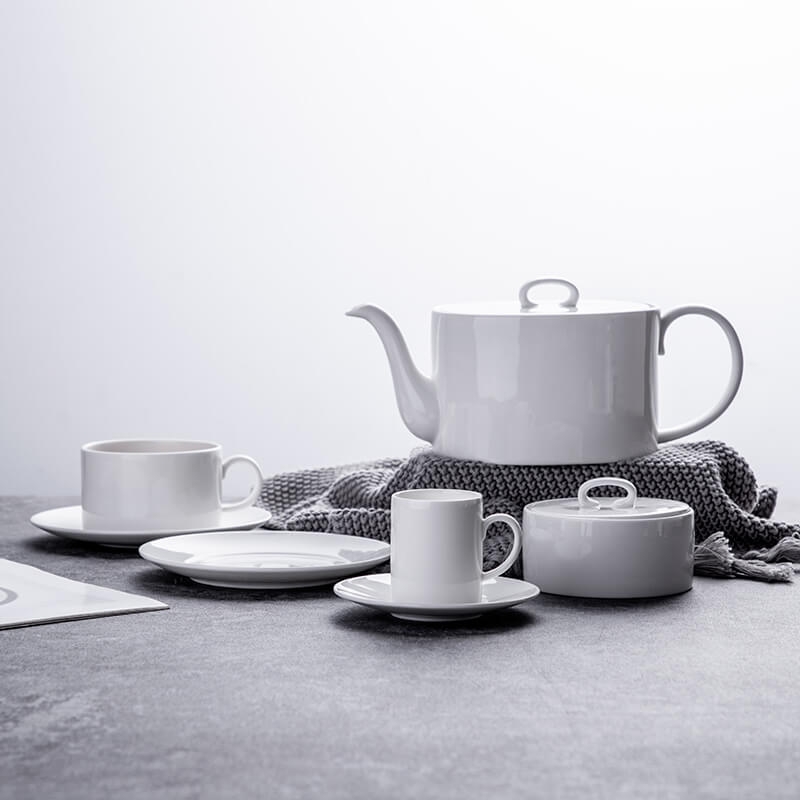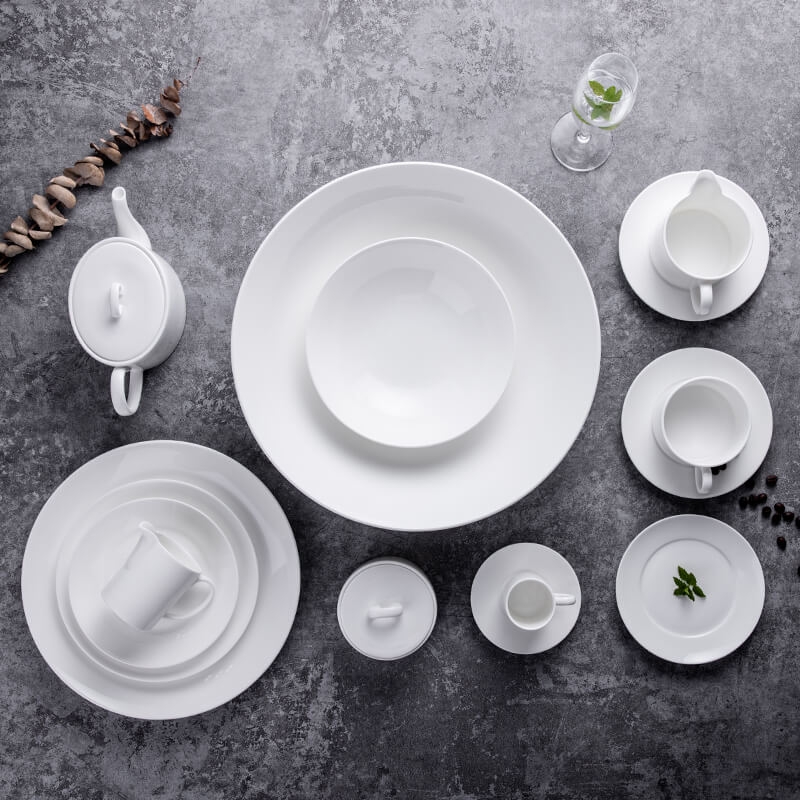
PITO Article
From Clay To Elegance: The Journey Of Porcelain Manufacturing
Porcelain has long been admired for its delicate beauty and exquisite craftsmanship. Its origins can be traced back centuries, and the porcelain manufacturing process has evolved over time to create stunning pieces of art.
In this blog, we will delve into the fascinating journey of porcelain manufacturing, exploring the intricate steps involved in transforming raw clay into elegant porcelain creations.
The Origins Of Porcelain: Unveiling The Ancient Beginnings
- The Discovery of Porcelain
The story of porcelain manufacturing begins in ancient China. The exact origins of porcelain are shrouded in mystery, but it is believed to have been discovered during the Eastern Han Dynasty (AD 25-220). Early Chinese artisans stumbled upon a unique combination of materials and firing techniques that resulted in a translucent and durable ceramic.
- Early Chinese Porcelain
During the Tang Dynasty (618-907), porcelain production flourished. The famous white porcelain of the time was known as “qingbai” or “bluish-white” ware, characterized by its delicate appearance and blue-green glaze. This marked the beginning of China’s reputation as the foremost producer of porcelain.
- Porcelain’s Spread to Europe
The allure of porcelain reached Europe in the 16th century. European traders and explorers were captivated by this exquisite ceramic, and it quickly became a symbol of wealth and status.
However, it was not until the 18th century that European manufacturers were able to replicate the techniques and quality of Chinese porcelain, leading to the establishment of renowned porcelain factories across the continent.
Raw Materials And Preparation: Crafting The Foundation Of Porcelain Excellence
- Clay Selection and Blending
The foundation of porcelain manufacturing lies in the selection and blending of clay. Porcelain requires specific types of clay known for their fine particle size and plasticity.
Kaolin, or China clay, is the primary ingredient, but additional materials such as feldspar, quartz, and ball clay may be added to enhance its properties. The proportions and composition of these ingredients are carefully balanced to achieve the desired characteristics of the final porcelain.

- Aging and Wedging
Once the clay is purified, it is left to age for a period of time. Aging allows the clay to mature and develop its plasticity, making it easier to work with during the shaping and forming stages.
During this time, the clay is often wedged, a process that involves kneading and compressing the clay to remove air bubbles and create a homogeneous consistency. Wedging helps to ensure that the clay is uniform in texture and free from any lumps or imperfections.
Shaping And Forming: Molding Clay Into Exquisite Porcelain Creations
- Hand-Throwing Techniques
One of the most traditional and skillful methods of shaping porcelain is through hand-throwing on a potter’s wheel. A skilled artisan takes a lump of clay and centers it on the spinning wheel.
By applying pressure and manipulating the clay with their hands, they shape it into various forms such as bowls, vases, and plates. Hand-throwing allows for unique and organic shapes, showcasing the artist’s craftsmanship and creativity.
- Pressing and Jiggering
Pressing and jiggering are mechanical techniques used to shape porcelain. Pressing involves using a hydraulic press to exert pressure on the clay, forcing it into a pre-made mold.
This method is commonly used for creating flatware and dinnerware sets. Jiggering, on the other hand, utilizes a rotating template to shape the clay as it spins on a wheel. This technique is ideal for producing cylindrical shapes such as cups and jars.
Firing And Glazing: The Transformative Magic Of Kilns And Glazes
When it comes to porcelain manufacturing, one of the most critical steps is firing the clay in kilns. At P&T, a renowned company specializing in tableware porcelain manufacturing, the firing process is a true testament to their expertise and craftsmanship.

With a legacy of technical know-how and advanced equipment, P&T’s factory in Chaozhou spans an impressive area of 40,000 square meters, highlighting their strong production capabilities.
During the firing process, the carefully shaped clay pieces undergo a transformative journey within the kiln. P&T employs a sintering temperature of 1320℃ for the initial firing, also known as the Adobe biscuit firing.
This high temperature is crucial for achieving the desired characteristics of bone china. It ensures the porcelain reaches a state of optimal density and strength while maintaining its exceptional whiteness and translucency.
1) Glaze Firing: Enhancing Beauty and Durability
Once the Adobe biscuit firing is complete, the next step in the process is glaze firing. P&T recognizes the significance of glazing in creating porcelain that is not only visually stunning but also highly durable. Glaze firing involves subjecting the porcelain to a temperature of 1150℃, allowing the glaze to fuse with the clay body.
The glazing process at P&T encompasses a meticulous application of luxurious decal printing. This final touch occurs at a temperature range of 700℃-900℃, ensuring the delicate patterns and designs adhere seamlessly to the porcelain surface.
The combination of high temperatures and precise timing in the glaze firing result in a flawless finish that is smooth, transparent, and incredibly vibrant.

P&T’s commitment to excellence in tableware porcelain manufacturing is evident in their focus on producing bone china with exceptional features. Their advanced techniques and attention to detail result in porcelain that stands out from the rest.
One notable advantage of P&T’s bone china tableware is its lighter weight compared to traditional porcelain. The careful control of materials and firing process results in thinner and lighter pieces while maintaining exceptional strength. This makes bone china an ideal choice for those who appreciate elegance without compromising functionality.
Finishing And Decoration: Adding The Final Flourishes To Porcelain Masterpieces
Smoothing and Polishing
Once the porcelain has been fired and cooled, it undergoes a porcelain manufacturing finishing process to achieve a smooth and flawless surface. Artisans carefully inspect the pieces, smoothing any rough edges or imperfections. They may use abrasive tools or sandpaper to achieve a polished finish, enhancing the tactile and visual appeal of the porcelain.
Painting and Decorating Techniques
Porcelain is renowned for its intricate and elaborate decorations. Various painting techniques are employed to add patterns, designs, and images to the porcelain surface. This can be done using brushes, sponges, or even airbrushing.
Traditional painting methods include underglaze painting, where pigments are applied before the glaze is added, and overglaze painting, which involves applying pigments on top of the glaze.
Gilding and Lusterware
Gilding is a decorative technique that involves applying a thin layer of gold or other precious metals to the porcelain surface. It adds a luxurious and radiant touch to the piece, highlighting specific details or creating intricate patterns.
Lusterware, on the other hand, is achieved by applying metallic oxides to the glaze before the final firing. This technique produces a beautiful iridescent effect, with colors shifting and changing depending on the light.
Final words:
The journey of porcelain manufacturing takes us through centuries of artistry and craftsmanship. From its ancient origins in China to its global prominence, porcelain has captivated the world with its elegance and beauty.
The meticulous process of clay selection, shaping, firing, glazing, and decoration showcases the dedication and skill of artisans who have perfected this art form.
Understanding the journey of porcelain manufacturing allows us to appreciate the breathtaking pieces of art that grace our homes and museums, creating a lasting legacy of creativity and sophistication.
LET'S TALK TOGETHER
Lorem ipsum dolor sit amet, consectetur estor adipi isicing elit, sed do eiusmod tempor este uterre incididui unt ut

